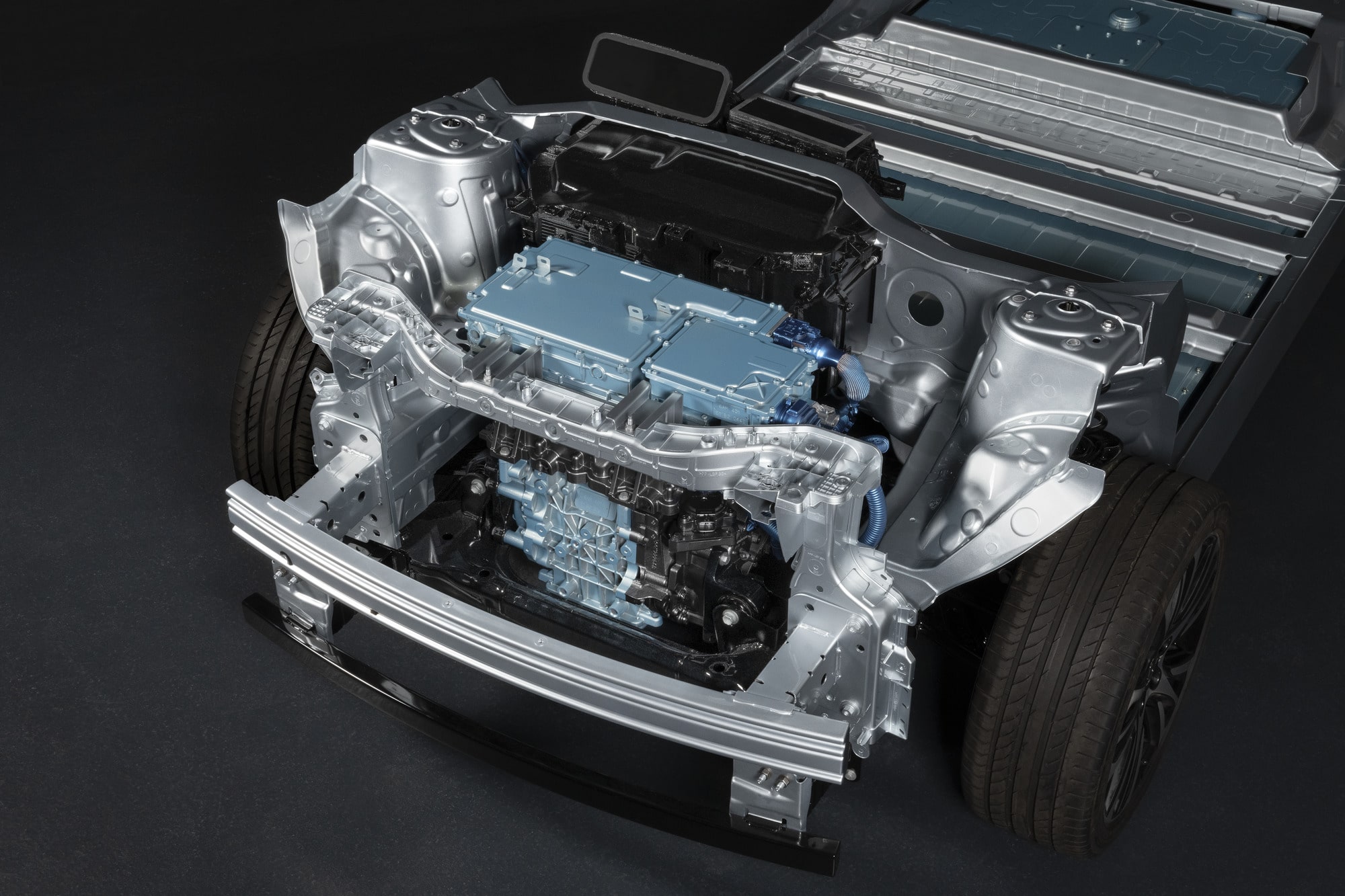Learn all about electric vehicle maintenance to expand knowledge
Here is the guide to Learn all about electric vehicle maintenance to expand knowledge
Many of us are accustomed to routine car maintenance, but in many ways it is easier to keep an EV (electric vehicle) in good condition. The advantages of fewer regenerative brakes, fewer moving parts, and fewer fluids than traditional vehicles generally mean much less maintenance on the green car. The same is true to some extent for hybrid vehicles that benefit from part of their EV infrastructure. So, what do you need to know to maintain an electric vehicle?
How does an electric car work?
The concept behind the electric car is very simple. Electricity is stored in the battery pack of an electric vehicle. This electricity is used to power and operate the engine of a car. Since electric vehicles rely on batteries, one of the main differences for owners is the need to recharge the vehicle on a regular basis. “How do I charge my car?” Is one of the most common questions people ask themselves about electric vehicles. The answer is simple.
The network of public charging stations is expanding throughout the UK, allowing you to charge your EV at home or at work. As the range of batteries increases and the number of charging points increases, electric vehicles can be compared much better with ICE vehicles (internal combustion engines) in terms of distance and range. electric vehicle maintenance
Best Simplified guide to Eichrecht conformity I German calibration law for electric vehicle charging
How is the maintenance of an electric vehicle different from a regular vehicle?
When it comes to maintenance, there are some notable differences between electric and conventional EVs. Considering the strengths and weaknesses of electric vehicles, the simple design is a big advantage. Traditional cars have a very different set of parts that need servicing (oil, cooling system, spark plugs, fuel pump, etc.), but most EVs have three main components. Electric vehicle motors, inverters and car chargers are the areas with the highest maintenance costs. electric vehicle maintenance
Since electric vehicles have few items to maintain, maintenance costs can be significantly reduced. This will vary somewhat from model to model, as fewer mainstream models can result in higher replacement parts costs. Regenerative braking. Thanks to regenerative braking, electric vehicles typically require half the brake maintenance of a regular vehicle. electric vehicle maintenance
There is little liquid. EV cars maintain much less liquid than regular cars, and these (except for the liquids below) are usually sealed to the car’s infrastructure and are inaccessible.Currently, the only incentive to keep a conventional car is to avoid the emergency repair costs and fines that can arise from intermittent maintenance. For electric vehicles, there are additional driver incentives, such as financial loans to replace old batteries with new ones. Even if the components of an electric vehicle are disassembled into individual vehicle parts and an internal combustion engine, there is a big difference between the two.
- Brake pads.
Even in the case of EV cars, you need to take care of the brake pads. However, thanks to regenerative braking, this is usually much easier. Regenerative braking helps avoid the energy loss that occurs when braking a normal car. Instead, in an electric vehicle, when you step on the brake pedal, the motor reverses and brakes the wheels of the vehicle, but at the same time energy is generated and transferred to the vehicle’s battery for later use. This is true for both electric and hybrid vehicles. electric vehicle maintenance
- Wiper.
Electric vehicles are equipped with wipers as standard equipment and must be maintained in the same way as conventional vehicles. It usually makes sense to replace the wiper blades twice a year, in early winter and early summer. However, if it wears during that time, it should be replaced as soon as possible. electric vehicle maintenance
- Liquid.
Electric vehicles usually have only three important liquids that need to be replenished on a regular basis: coolant, brake fluid, and windshield washer fluid. This is true for most eco-friendly cars, but some are different from each other. For example, the Tesla Model S transmission contains gear oil and needs to be replaced on a regular basis. Coolant is also needed for thermal management of electric vehicles and needs to be replenished from time to time. electric vehicle maintenance
- Battery.
EV batteries become less efficient over time and may need to be replaced. However, this can take at least 10 years and is not classified as “regular maintenance”. In fact, many manufacturers guarantee battery drive components for 810 years, or 100,000 to 150,000 miles. electric vehicle maintenance
Both types of vehicles require regular maintenance by the owner, but electric vehicles are usually easier, less demanding, and generally more convenient to maintain. Would you like to reduce the burden of conventional maintenance and operate in an eco-friendly way? electric vehicle maintenance




